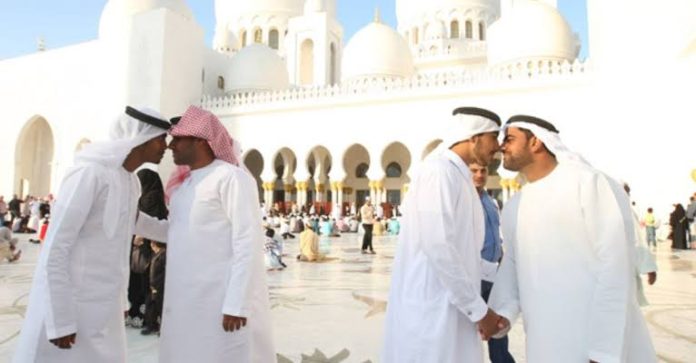The commencement of Ramadan, the holiest month in the Islamic calendar, hinges on the sighting of the crescent moon, a practice deeply rooted in tradition. While astronomical calculations provide estimates, the official start date is subject to the physical observation of the moon’s crescent. This year, astronomical calculations suggest March 12 as a probable start date, but the final decision awaits the sighting by the UAE’s Moon sighting committee, expected to convene on March 10. Should the crescent be sighted, March 11 marks the beginning of Ramadan; otherwise, March 12 becomes definitive.
Duration and Holiday Observance
Ramadan typically lasts 30 days, culminating in Eid Al Fitr, a festive occasion celebrated by Muslims worldwide. According to astronomical calculations, Ramadan 30 is projected to fall on Wednesday, April 10, aligning with the UAE government’s holiday schedule, which allows for a six-day break from Ramadan 29 to Shawwal 3. This holiday period, from April 9 to April 13 on the Gregorian calendar, provides residents with ample time for religious observance and celebration.
Potential Lunar Interference: Solar Eclipse
The occurrence of a total solar eclipse on April 8 raises concerns about its impact on moon sighting for Eid Al Fitr. While the eclipse itself may not directly influence moon sighting, it could affect visibility conditions in certain regions, potentially complicating the observation of the crescent moon. Islamic authorities consider such astronomical events when making official declarations, underscoring the importance of adaptable practices in religious observance.
Weather and Fasting Hours
In Dubai, March to April typically witnesses warm to hot weather, with temperatures escalating towards Ramadan’s conclusion. Fasting hours, initially around 13 hours and 45 minutes, gradually extend to approximately 14 hours and 25 minutes as the month progresses, reflecting the changing length of the day. These variations underscore the dynamic nature of Ramadan and its adherence to both religious tradition and natural phenomena.
The Role of Astronomical Calculations
While astronomical calculations offer valuable insights for planning purposes, the traditional practice of moon sighting remains paramount in religious observance. While some regions may rely on calculations due to sighting challenges, the confirmed start of Ramadan ultimately rests on the physical observation of the moon’s crescent, emphasizing the blend of tradition and modernity in Islamic practices.


